‘If we must awaken the spirit of living with pride, if we want to make the seed of patriotism flourish in our hearts, then we will have to take shelter of Hindu national calendar dates.’
– Swāmi Vivekānanda.
Hindu Dharma and Hindu Festivals in Australia
Hindu Dharma is the fastest growing religion in Australia according to Census data. Wherever a Hindu goes, he takes his wonderful festivals which are always a riot of colour, warmth welcome and joy, and delicious food with him. Prior to 2014, Hindu festivals in Australia were limited to local community and citizens’ groups coming together and celebrating in their homes or neighbourhood. There was hardly any participation from any level of the government be it council, state, or federal. Hindu culture was not a part of the Australian psyche, and the Australians were exposed to it via cartoons on TV like the Simpsons. However, there has been a gradual but distinct change in acceptance, participation, and visibility of Hindu festivals across Australia. Many popular politicians, and celebrities have actively participated and promoted the Hindu festivals. Although this bonhomie could be linked to the booming India-Australia trade and security engagements, one cannot deny that local Hindus are now feeling increasingly at-home and part of the culture in Australia.
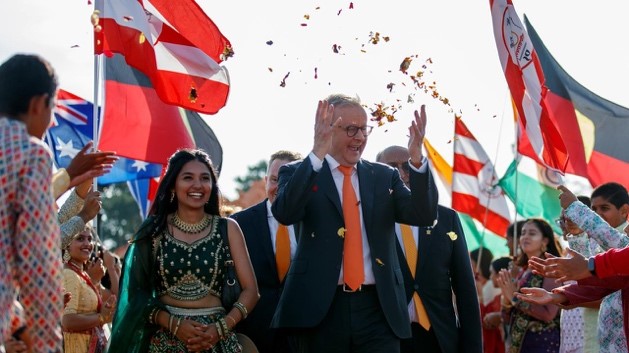
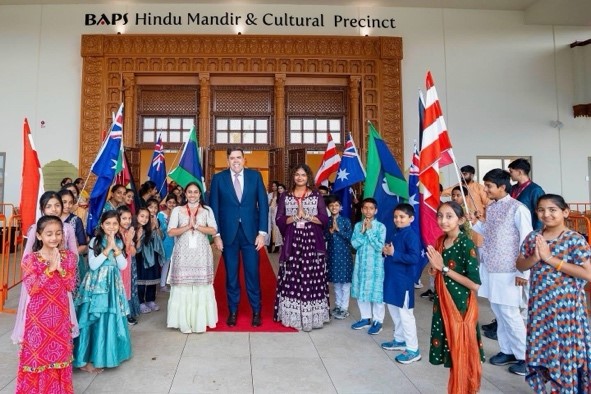
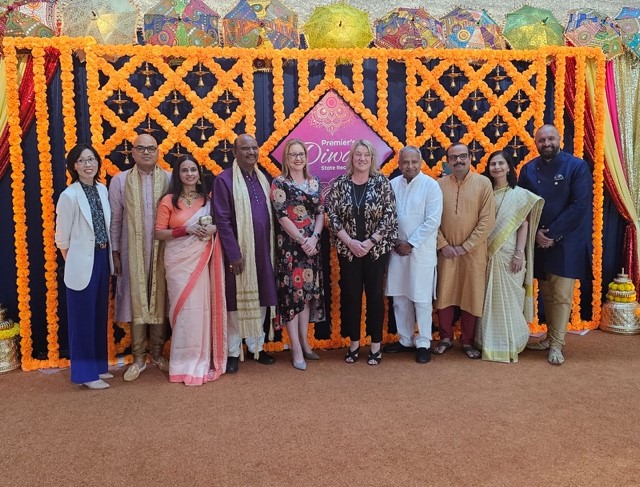
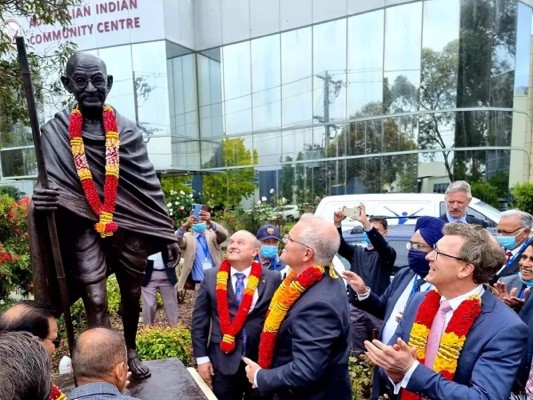
Vikram Samvat Panchānga (calendar)
The ancient holy city of Ujjain, where the original Prime Meridien was situated, was invaded and ruled by the cruel and unjust Shakas. Vikramāditya liberated Ujjain from the Shakas and eliminated fear from the society. Thus, Vikram Samvat Panchāng was constructed in commemoration of his victory, and reestablishment of rule of law. In Indian calculus, the Vikram Samvat Panchānga is widely followed by Sanātan Dharmis who perform all auspicious functions such as marriage, naming, and housewarming, etc. according to it. Samvat means an era in Sanskrit, and since the era of Vikramāditya began in 57 BCE, the upcoming Hindu New Year will be 2082 according to the Vikram Samvat Panchānga.
 The Hindu New Year or Varshapratipadā is celebrated each year on the first day of the first month of Chaitra. Bhāskārachārya, the great Mathematician, and creator of the Hindu Panchāng (almanac), began his calendar on this day. It coincides with the end of the cold and harsh winter, and arrival of spring when nature comes back to life and blossoms.
The Hindu New Year or Varshapratipadā is celebrated each year on the first day of the first month of Chaitra. Bhāskārachārya, the great Mathematician, and creator of the Hindu Panchāng (almanac), began his calendar on this day. It coincides with the end of the cold and harsh winter, and arrival of spring when nature comes back to life and blossoms.
The Science Behind Varshapratipadā
In Sanatana Dharma, time (kāla, काल) is described as eternal. The Hindu units of time range from microseconds to trillions of years, including cycles of cosmic time that are repeating, as described in various ancient texts such as Vedās, Bhāgawata purāNa, VishNu purāNa, Mahābhārata, Suryasiddhānta etc. The Hindu Panchānga is based on a geocentric model of the Solar System. A geocentric model describes the Solar System as seen by an observer on the surface of the Earth. The Panchānga is very intricate and precise in its observations and calculations, and offers a multi-dimensional method of structuring time, combining information about (lunar and solar) days and months, the movements of the Sun and the Moon in relation to constellations, and other astronomically defined time spans. This makes the Panchānga vastly more complex than the western calendar, which is built around only two basic units of time: solar days and solar years. The Hindu Panchānga defines nine measures (मान, māna) of time: brāhma māna, divya māna, pitraya māna, prajāpatya māna, guror māna, saura māna, sāvana māna. chandra māna, nākṣatra māna. Only the first four mānas are in current use. The following section provides an overview of these key time units and their relationships:
| Unit | Definition | Equivalence |
| tithi (lunar day) | Time for 12° increase of longitudinal angle between Moon and Sun | ≈ 1 day (19–26 hours) |
| pakSa (lunar fortnight) | 15 tithis | ≈ 15 days |
| māsa (lunar month) | 2 pakṣas: śukla (bright) pakṣa waxing moon; kṟṣṇa (dark) pakṣa waning moon | ≈ 30 days (29.5 days) |
| ṛtu (season) | 2 māsas | ≈ 60 days |
| ayanam | 3 ṛtus | ≈ 180 days |
| varsha (lunar year) | 2 ayanams | ≈ 360 days (354.367 days) |
Sauramāna (सौरमान) calculations
A saura māna varṣa or sidereal year is the time taken by the Sun to traverse the sky once and return to the starting point with respect to the fixed stars. The starting point is taken to be the position of the Sun when it is in opposition to Spica (चित्रा, chitrā). A rāśi (राशि) is a 30° arc of the orbit of the Sun around the Earth (i.e. an arc of the ecliptic). A sauramāsa (सौरमास) is the time taken by the Sun to traverse a rāśi. Sauramāsa get their names from the corresponding rāśi and corresponds to a month. When the Sun enters a rāśi it is known as a saṅkramaṇa (सङ्क्रमण) or saṅkrānti (सङ्क्रान्ति). A ṛtu (ऋतु) is the time taken by the Sun to move sixty degrees on its orbit around the Earth, corresponds to a season, and lasts for two months. The six ṛtus are: Vasanta वसंत (spring), Grīṣma ग्रीष्म (summer), Varṣā वर्षा (monsoon), Śarada शरद (autumn), Hemanta हेमंत (pre-winter), and Śiśira शिशिर (winter).
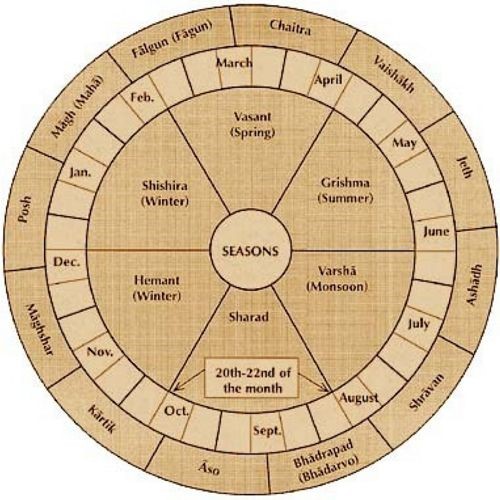
Significance of Chaitra Shukla Pratipadā
It is a day of some very significant events mentioned in various texts, scriptures of Sanatana Dharma, and Indian history. It is stated that Brahmaji began the creation of the universe on this day. Bhagawān Rāma was coronated in Ayodhyā on this day. Dharmarāj YudhishThira was coronated on this day. This day is the birthday of Guru Angad Dev ji, second Sikh Guru. On this day, Bhagwan Jhulelal was said to have appeared in the Sindh region. King Shalivahan defeated and routed the Huns, just like King Vikramaditya. RSS Founder and first Sarsanghachālak Dr Shri K B Hedgewar was born on this day, 1 April 1889.
How is the Hindu New Year (varshapratipadā) celebrated
Varshapratipadā is also known as
- Gudhi Pādwā in Maharashtra, Goa, and Konkan region
- Ugādi in Andhra Pradesh, Telangana, and Karnataka
- Thapna in Marwar Rajasthan
- Navareh in Jammu and Kashmir
- Baisakhi in Punjab and Haryana,
- Cheti Chānd in Sindh.
The festivities vary according to local customs and include decorating homes with mango leaves, creating vibrant rangolis, and cooking traditional dishes like Ugadi Pachadi, puraN poLi, shreekhanD, obbatu, thaal etc. The highlight of Gudhi Pādwā in Maharashtra is the ‘Gudhi’ — a bamboo staff adorned with a colourful silk cloth, neem leaves, a sugar garland and topped with a copper or silver pot and placed outside homes, usually on the door frame at the entrance. It is a symbol of victory and prosperity and is believed to ward off evil. A historical reference comes from the story of the legendary King Shālivāhana (Sātavāhana dynasty) who defeated the Shakas (foreign invaders) and established his rule on this day. This victory was so significant that a new era, the Shālivāhana Shaka Samvat was started in his honour. More recently Gudhi Pādwā festival was reinvigorated by the Peshwas after Chhatrapati Sambhaji Maharaj was brutally murdered by Aurangzeb.
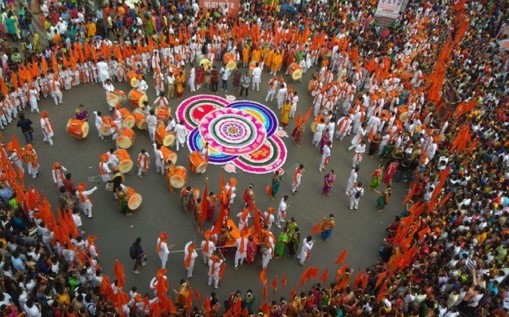
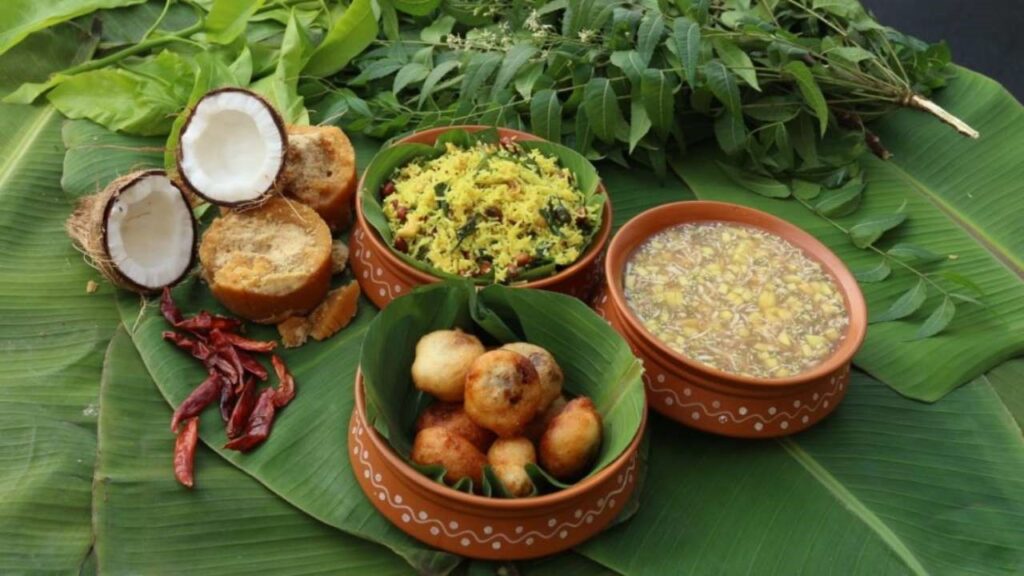
Varshapratipadā is a day of looking inwards, turning a new leaf with renewed vigour, and overcoming all obstacles that come your way.
उत्तिष्ठत जाग्रत प्राप्य वरान्निबोधत, क्षुरासन्न धारा निशिता दुरत्यद्दुर्गम पथ: तत् कवयो वदन्ति |


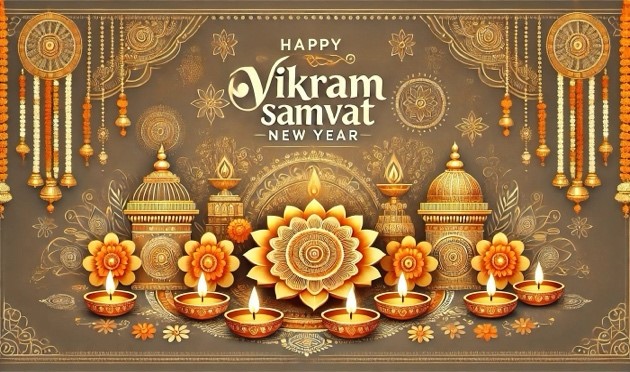
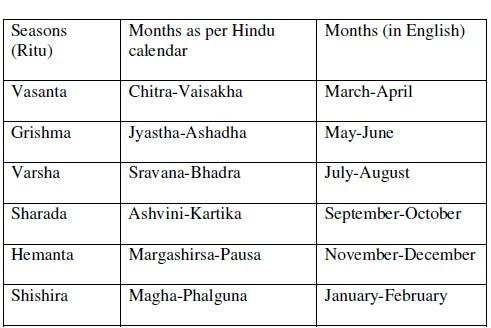
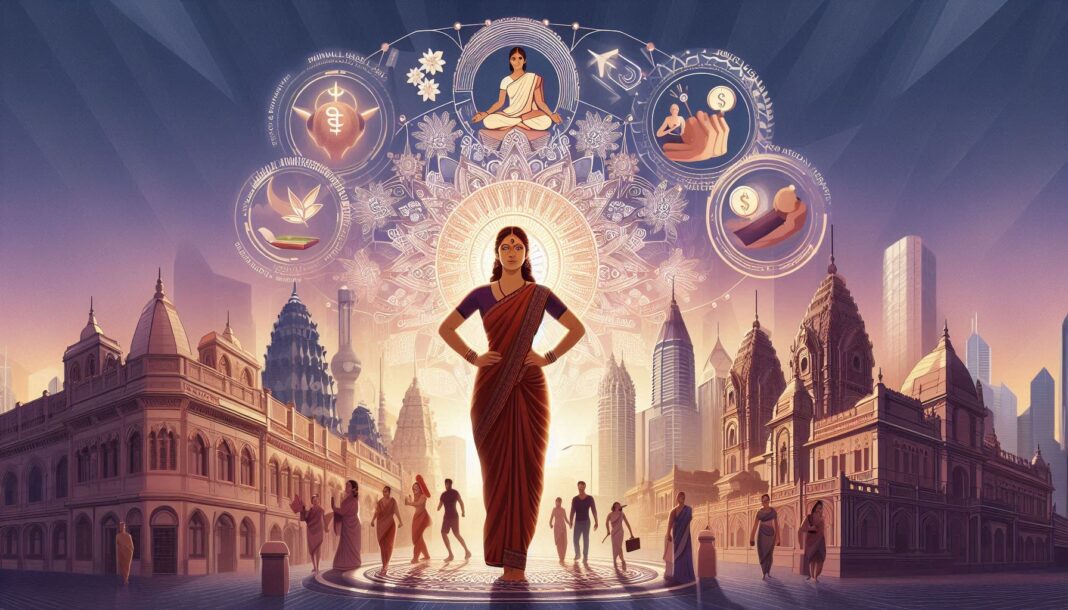

Amazing article about Ugadi or Gudi Padua- love it 🙏🏻😊- details about Sauramana & it’s division as Rashis has been explained thoroughly 👍🏻